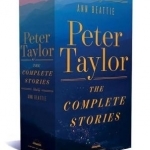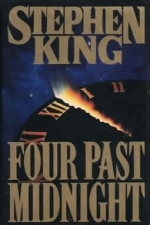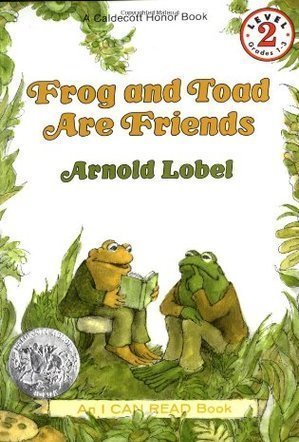
EconTalk Archives, 2012
Podcast
EconTalk is an award-winning weekly talk show about economics in daily life. Featured guests include...

EconTalk Archives, 2014
Podcast
EconTalk is an award-winning weekly talk show about economics in daily life. Featured guests include...

EconTalk Archives, 2011
Podcast
EconTalk is an award-winning weekly talk show about economics in daily life. Featured guests include...

EconTalk Archives, 2010
Podcast
EconTalk is an award-winning weekly talk show about economics in daily life. Featured guests include...

Peter Taylor: the Complete Stories 1938-1992
Book
In a career spanning over half a century, Peter Taylor explored the dramas of a Tennessee gentry...

Kassetta - Free Audio Player & MP3 Playlist Manager for Dropbox and Google Drive
Lifestyle and Music
App
Play your AUDIO FILES from Cloud Service. "Sharf Player" is the perfect solution to access your...

iTunes Remote
Entertainment and Music
App
iTunes Remote is the best way to control iTunes from anywhere in your home. Use your iOS device to...

Smart Music KH
Music and Entertainment
App
Smart Music is the latest music streaming service in Cambodia, offering the biggest music library...

Four Past Midnight
Book
You are strapped in an airline seat on a flight beyond hell. You are forced into a hunt for the most...
The Langoliers Secret Window Secret Garden The Library Policeman The Sun Dog

Frog and Toad Are Friends (Frog and Toad, #1)
Book
Celebrate the power of friendship with Frog and Toad—a Caldecott Honor Book! From writing...